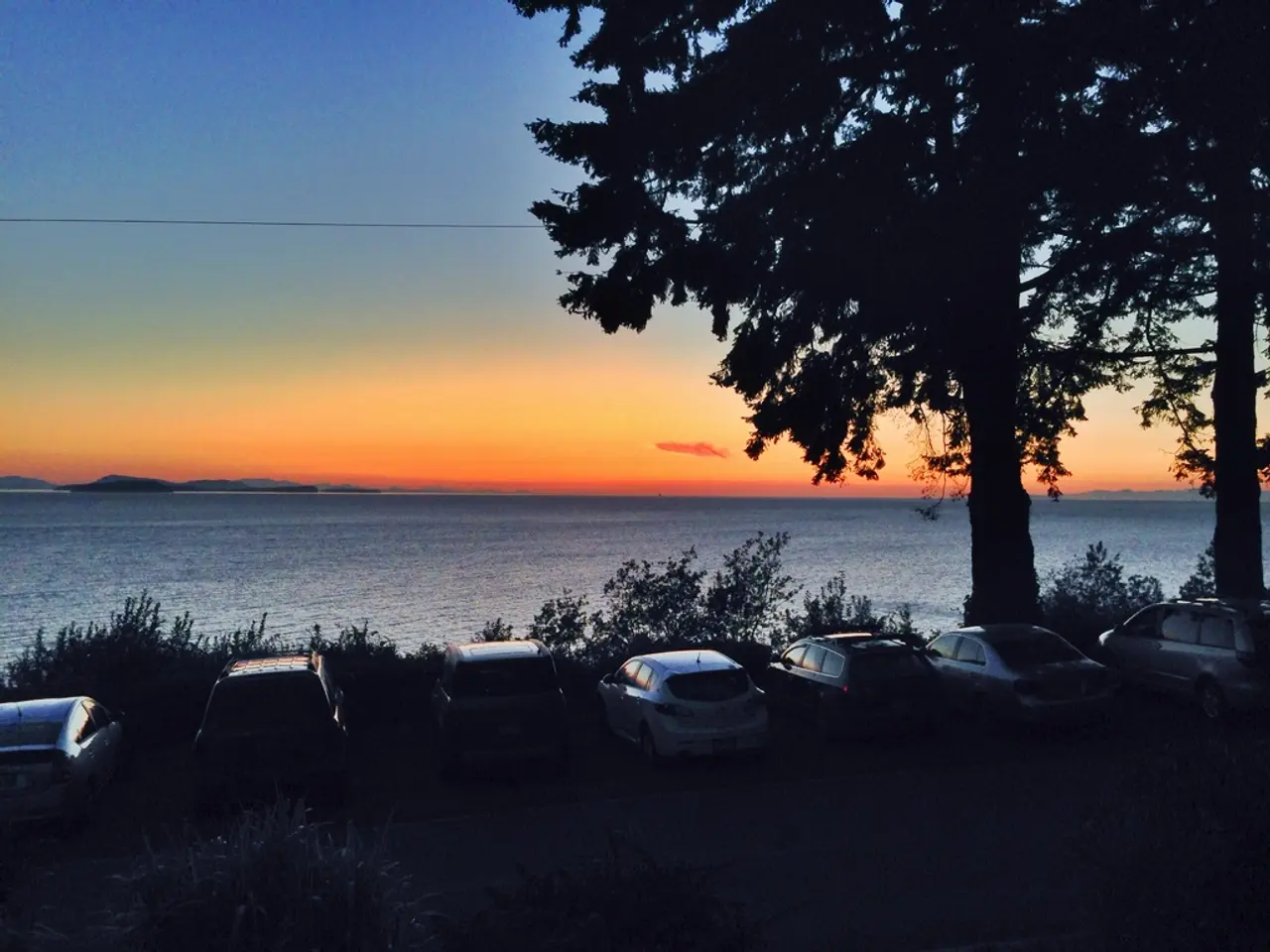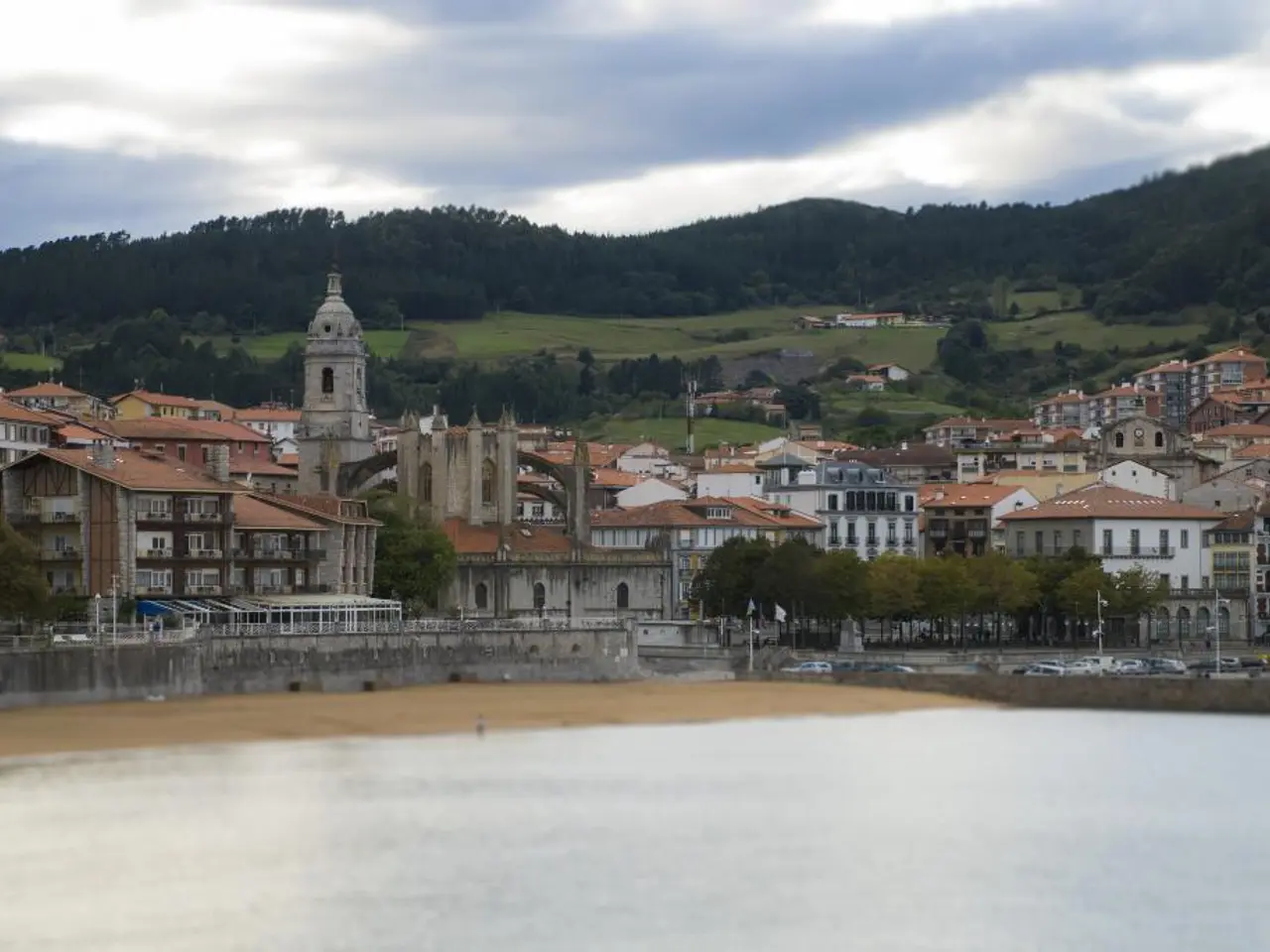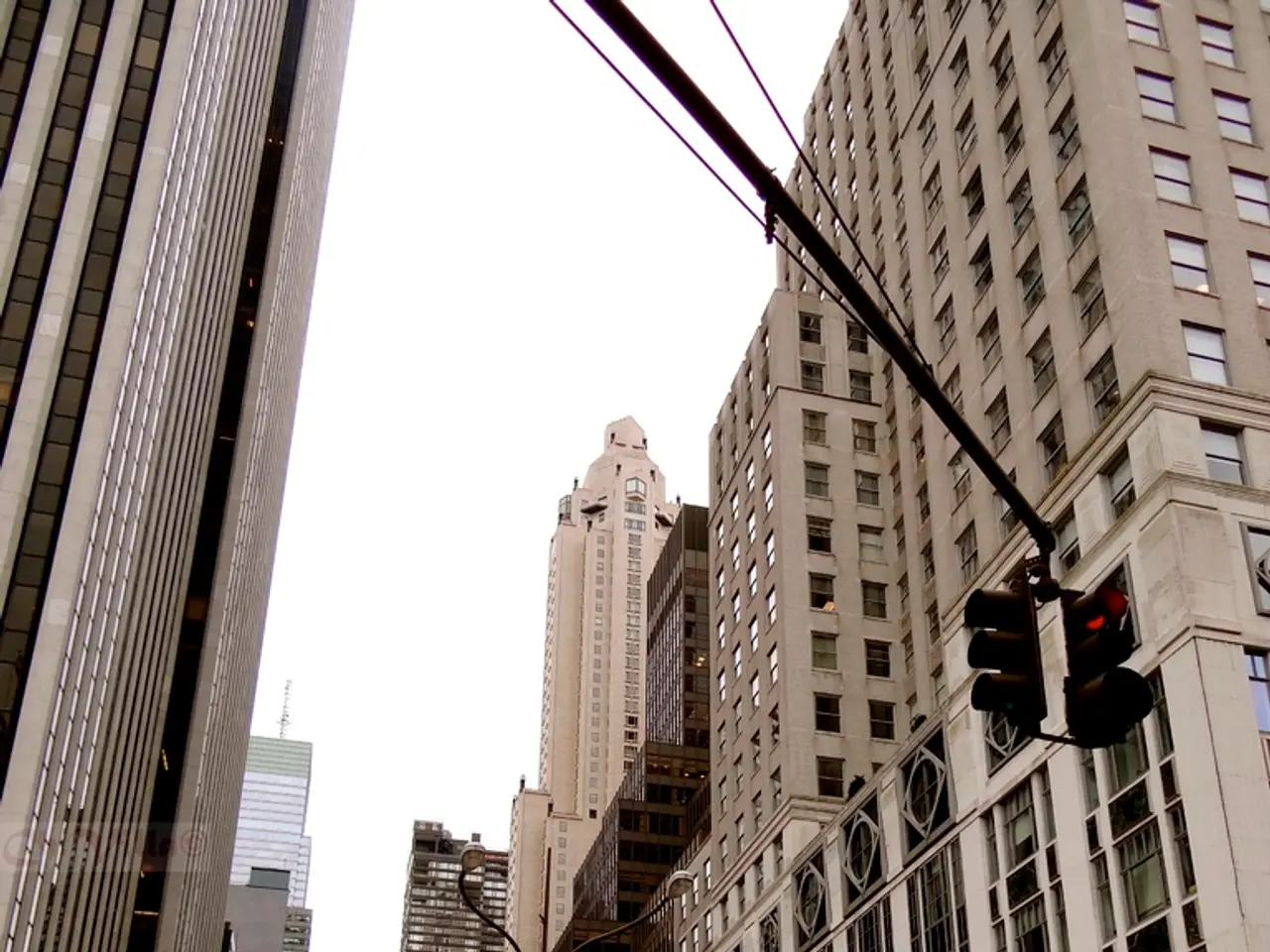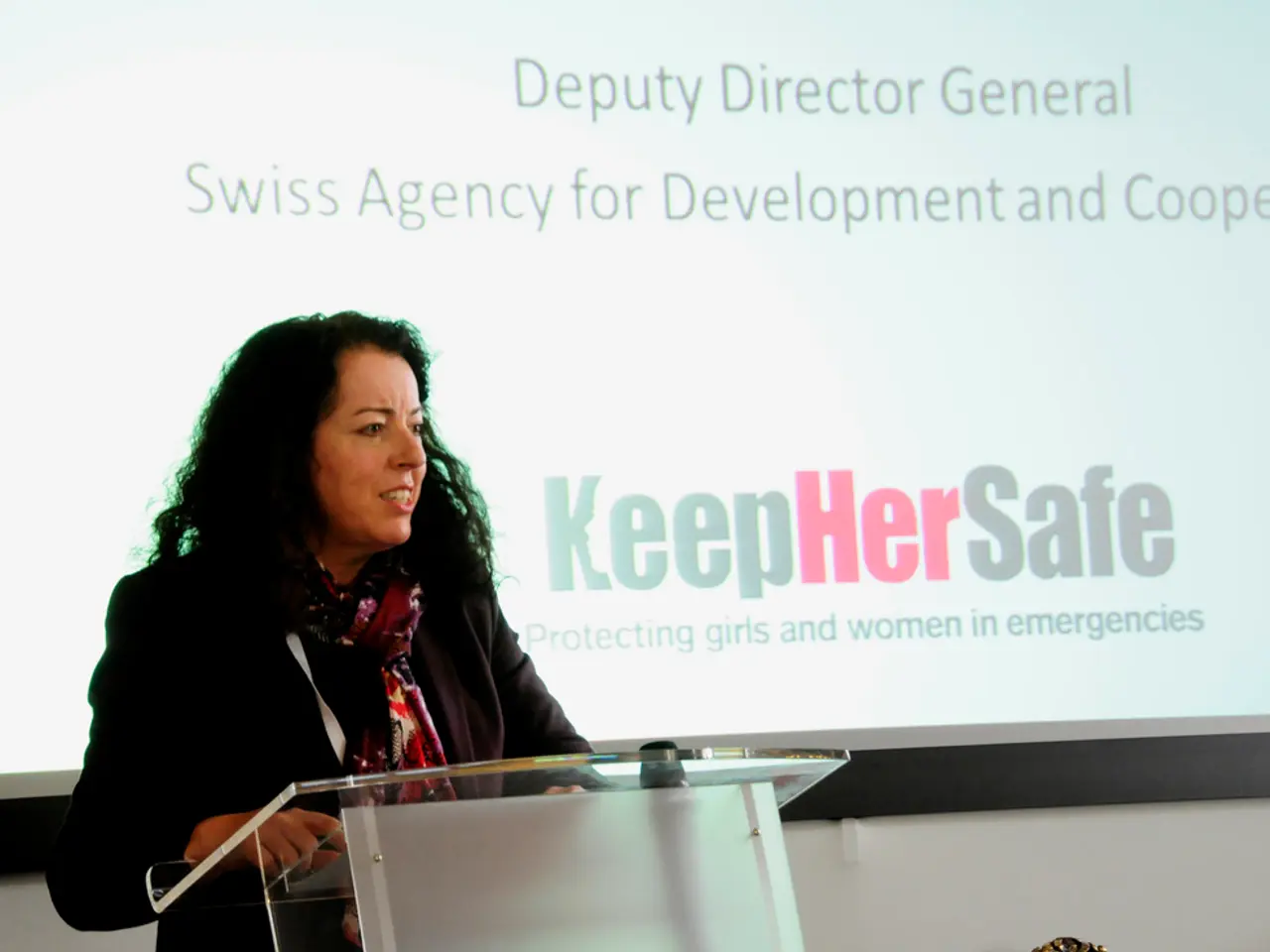Arnstadt: Greens advocates for increased safeguards against extreme heat
In the heart of Germany, the city of Arnstadt is facing a pressing issue: the need for more heat protection measures, particularly for the elderly, children, chronically ill, and those without cool retreat spaces. The Greens, a political party in the city, have called on the city administration and those politically responsible to address this matter urgently and make corresponding offers.
The Greens propose a series of cost-effective heat protection measures, inspired by successful implementations in cities worldwide. These strategies include green infrastructure, cool pavements, community-led initiatives, and policy and funding support.
**Green Infrastructure**
1. Green Roofs and Walls: Covering rooftops and building facades with vegetation can reduce rooftop temperatures by up to 20°C and cut energy consumption by up to 30%. This not only decreases cooling costs but also creates cooler microclimates, improves air quality, and boosts urban biodiversity.
2. Urban Forestry and Tree Planting: Trees provide shade and cool air through evapotranspiration, reducing ambient temperatures by 2-5°C. They also improve air quality and help manage stormwater runoff.
3. Green Spaces and Parks: Parks and green spaces lower local temperatures by up to 3°C, create habitats, and offer social and environmental benefits.
**Cool Pavements**
Using lighter-colored, reflective, or permeable pavements reduces surface temperatures by up to 10°C compared to traditional asphalt, thereby lowering the overall heat retained in urban areas.
**Community-Led Initiatives**
1. Community gardens acting as “cool islands” and grassroots efforts to retrofit home insulation have proven effective, especially in vulnerable neighborhoods. These strategies foster local engagement and can be low-cost and scalable.
2. Low-cost sensor networks for ambient temperature monitoring empower communities to take targeted actions and spread heat alerts, increasing resilience.
**Policy and Funding Support**
Proposed federal legislation in the US earmarks funds to support projects like green roofs, tree planting, cool pavements, and cooling centers, prioritizing underserved communities disproportionately affected by heat.
For Arnstadt and other urban areas, strategies such as incorporating green roofs and walls in new and existing buildings, expanding the urban tree canopy, developing and maintaining public green spaces, using cool pavements in urban design, engaging communities in heat adaptation, and leveraging funding and policy programs can be effectively implemented.
Josefine Galle, city councilor of the Greens, has emphasised the urgency of these measures, stating, "Let's not wait any longer." She also calls for providing free drinking water in locations such as the town hall, station, and cultural centers, and consistent watering of all city trees, particularly older urban greenery.
The newsletter for the Ilm district provides all important information from the district, including politics, economy, sports, culture, and social life. Recent popular articles include an unexpected positive drug test after a bus and car collision, a story about an 11-year-old driving a Simson through Ilmenau, a report on a truck driver severely injured in an accident, the assistance of firefighters from the Ilm district with a Saalfelder forest fire, a speeding incident, and a suggestion to mark cool places such as churches, libraries, and other public buildings as cool retreat spaces.
Many of these proposed heat protection measures can be implemented without high costs, making them accessible and beneficial for cities like Arnstadt. The Greens suggest increasing urban greenery as a long-term heat protection measure, along with climate-friendly construction and old tree protection. By adopting these strategies, Arnstadt can not only mitigate the Urban Heat Island (UHI) effect but also enhance overall urban livability.
- The Greens advocate for climate-friendly construction and old tree protection as long-term heat protection measures, aligning with their proposal of incorporating green roofs and walls in new and existing buildings and expanding the urban tree canopy.
- Integrating environmental-science principles, such as promoting green infrastructure and cool pavements, can help address health-and-wellness concerns related to climate change, particularly heat mitigation, benefiting vulnerable populations in cities like Arnstadt.
- Noting the positive impacts of community-led initiatives, like community gardens and low-cost sensor networks, in heat adaptation, the Greens emphasize the importance of fostering local engagement to create cool retreat spaces and improve resilience in urban areas.




